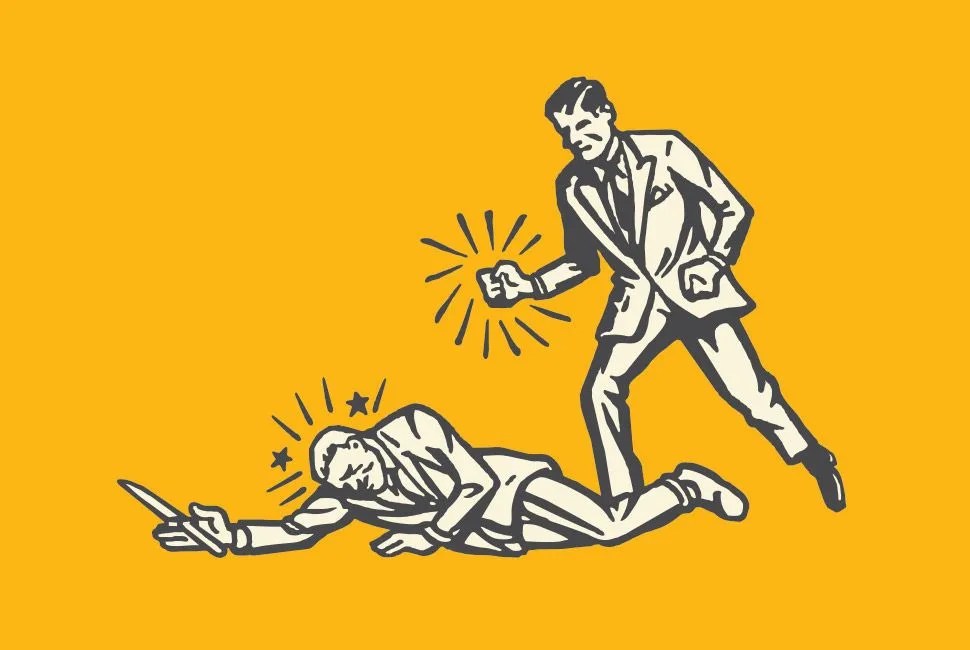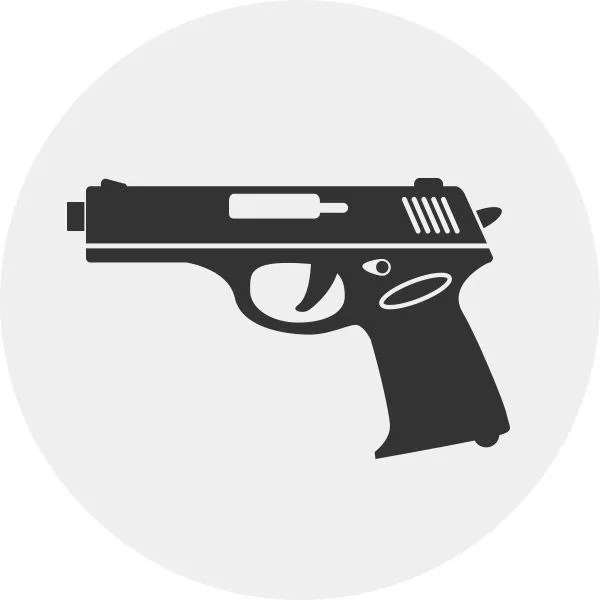Sometimes, the world is a frightening place. Muggings, assaults and random acts of violence take place against innocent people every day — and we see them so often in the news that we become numb to their occurrence. Unfortunately, part of that numbness can fuel a total lack of preparedness should we become the victim. We all hope we won’t have to face a life-and-death situation at the hands of another person, but other than vigilance and staying away from places where trouble seems to occur, we have little control over the dangerous part of the outside world.
If you are attacked, even without a weapon, that means the person has the potential to harm you and/or those you love. Defense isn’t an action film where you perform elaborate moves and pummel with your backfists and jumping reverse roundhouse kicks. It’s about fight or flight. When faced with a potentially lethal attack with a blunt-force object or a knife, you have to choose between escaping or dispatching the attacker and escaping as quickly as possible. When it comes to a firearm, things escalate exponentially. It’s never about exacting vengeance or violence — it’s about putting an end to an attack quickly and authoritatively.
How to Disarm an Assailant with a Bat

Baseball bats can actually be more frightening and more harmful than knives, since they extend your assailant’s reach significantly, preventing you from reaching him/her directly. It can also do a lot of damage if your assailant swings it hard enough — especially if it makes contact with your head. If you manage to block it with your arms, bones can easily be broken and you probably won’t get a second chance to effectively prevent more blows.
But a bat has to be swung, meaning your assailant must wind up, swing and repeat. The same goes for a club or a long stick, though these can be swung faster since they don’t have the mass or drag. If you know someone is going to use one against you, you have two choices. First, you can simply run, because unless your attacker is a total klutz, he will make contact. The other choice is to immediately close the distance. If you give the assailant the opportunity to make a fully extended swing, you could get seriously hurt or actually killed via blunt-force trauma. Closing the distance means you have to rush, but even rushing you need a plan. Don’t run from a distance, since he could just pull back and swing when the time is right. As you are approached, rush by surprise and close the gap quickly. Even if you get hit, it won’t be with the bat’s full force and probably will be somewhere in the middle of the bat, if at all. Once making contact, don’t tackle and make it a ground fight.
If you give the assailant the opportunity to make a fully extended swing, you could get seriously hurt.
You might think grabbing the bat is a good idea in order to use it against him/her, but that’s risky. Grabbing is only for the purpose of stopping motion before a full swing. Move in, absorb the blow with your shoulders or upper arms (if you can) and go for the throat with the webbing between your thumb and your index finger. Unless you’re a seasoned fighter or well trained, you likely don’t have the motor skills to hit the throat with your fist, and an open hand requires less precision. If you’re close enough, you can also eye-gouge with your thumb. Both moves should be performed hard and fast. Remember, an attack with a bat constitutes assault with a deadly weapon, so it’s life and death. If you perform these actions correctly, the assailant will likely drop the bat, and you can take possession of it.


